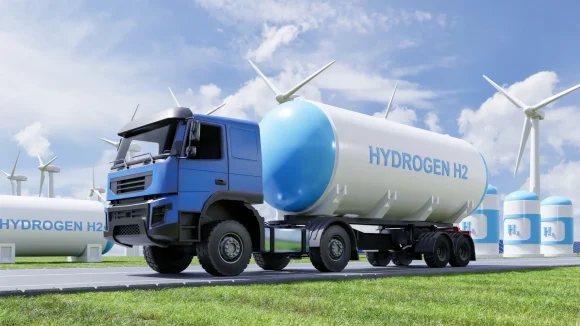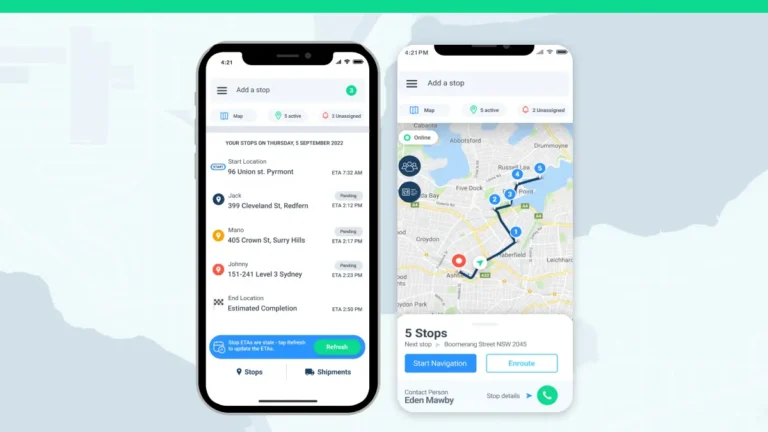Picture this: a world where cars navigate roads and leave behind a trail of water vapor. Hydrogen-powered vehicles, often seen as the epitome of futuristic travel, have impressed us for decades, offering a glimpse into a cleaner, greener tomorrow.
At the heart of this revolution are hydrogen fuel cell electric vehicles (FCEVs), an engineering marvel. These vehicles boast a combination of zero emissions, impressive driving ranges, and a refueling process as swift as the pit stops in a Formula 1 race.
Unlike their battery counterparts, which demand substantial charging periods, FCEVs can cover hundreds of miles before a quick stop for refueling. This process mirrors the familiarity of traditional petrol and diesel cars.
How do they work?
In the world of hydrogen cars, two methods take center stage. Most hydrogen vehicles utilize fuel cell technology, where hydrogen undergoes a chemical reaction within a fuel cell stack, producing electricity that powers the vehicle’s electric motor. It’s like having a perpetual energy source on wheels, emitting nothing but pure water vapor, making them significantly cleaner than their fossil fuel counterparts.
ALSO READ: EV fires aren’t as common as combustion engine fires
On the other end of the spectrum, there’s the concept of hydrogen combustion engines, reminiscent of the internal combustion engines we know. However, the lower energy density of hydrogen in this setup results in reduced performance. In contrast, fuel cell vehicles maintain their force, as their power is driven solely by the electric motor.
The core of this marvel lies in the hydrogen fuel cell, a device that efficiently converts the chemical energy of hydrogen into electricity, generating power, water, and heat in the process. It’s akin to having a perpetual battery, producing electricity as long as there’s a supply of hydrogen, a true testament to sustainable energy.
The future of hydrogen-powered vehicles
It’s important to note that hydrogen vehicles are still evolving. They promise extended driving ranges and rapid refueling but still face challenges – refueling infrastructure.
This brings us to the hot debate in the transportation industry: hydrogen fuel-cell electric vehicles versus battery-electric vehicles.
In one corner, we have battery-electric vehicles (BEVs), which have made significant strides, offering price parity with traditional vehicles, decent driving ranges, and the potential for sustainable charging through solar power. However, they grapple with challenges like raw material usage, charging station reliability, and range limitations, especially in remote areas.
In the other corner, we have hydrogen FCEVs, renowned for their swift refueling, zero emissions, and extensive driving ranges. Yet, they face hurdles such as sparse refueling infrastructure, high production costs, and energy inefficiencies in hydrogen production.
So, which contender takes the title? As BEV technology surges ahead globally, supported by an expanding charging infrastructure, it seems like battery-electric vehicles are winning the race. While hydrogen might find its niche in specific commercial sectors, the challenges faced by FCEVs, coupled with the continuous evolution of BEVs, indicate that the future of transportation is unmistakably electric.
As our world hurtles toward a greener tomorrow, the spotlight remains firmly fixed on battery-electric vehicles, symbolizing a sustainable, efficient, and exciting future for all Australian drivers. Get ready to buckle up and ride the electrifying wave of the automotive revolution!










